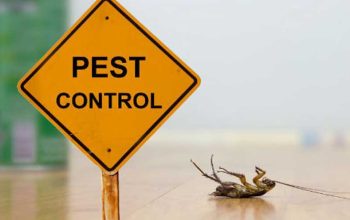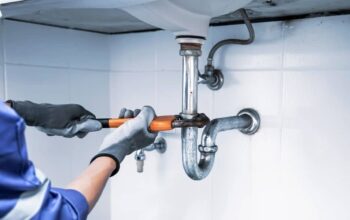A successful roof project requires more than just using the right shingles. The job must be done correctly, and the correct application methods should be considered. Let’s take a look at the following topics:
- Unclean hammering in of the nails
- Incorrect alignment of the shingles
- Incorrect attachment of folded sheets
Unclean Hammering In Of The Nails
Shingles can slide off the roof or be blown away by the wind if they are not adequately attached to the substructure or if too few nails have been used.
You should use at least four nails per shingle, depending on the roof’s nature and the local conditions. For a flatter roof, increase this minimum to 6 nails per shingle. The placement of the nails is just as important as their number. They should be completely covered and kept dry by the next row of clapboards. All nails should be nailed into the roof surface to prevent the shingles from slipping later. Nails that are too deep, curved, or driven too high can cause moisture to penetrate the roof surface.
Suggested solution:
Carefully lift the individual shingles and try to touch up any nails driven too deep or too high. Then secure these areas with extra clapboard glue. But be careful: Too much glue on the individual points can lead to dents under the clapboard!
Cover exposed nails with some shingle stick and sprinkle a few granules in the roof’s color over them to make the nail invisible.
Incorrect Alignment Of The Shingles
The alignment of the shingles both vertically and horizontally is imperative. The best way to ensure that the shingles are correctly oriented horizontally in new applications or replace missing shingles are to use a chalk line. The use of a chalk cord is particularly recommended for rectangular shingles. The bottom edge of the clapboard must be aligned with the top edge of the shingle tabs below. Aligning the chalk line too high can cause wind-lashed rain to get under the shingles.
Suggested solution:
As long as the roof is not leaking, we are assuming a purely aesthetic problem.
Incorrect Attachment Of Folded Sheets
Metal edging should be placed around chimneys, skylights, throats, or near walls. Edged metal sheets around chimneys prevent water from entering the cracks, but these must always be attached under the shingles, not above them! Edge or step plates must always be covered with corresponding counter plates from repair services.
Suggested solution:
If edging plates are poorly installed, remove the nails and install a new edging plate under the shingles. A safe new edge plate in connection with a little shingle stick can help here. Don’t forget to use the corresponding counter plates here too.





